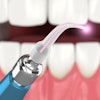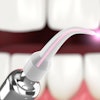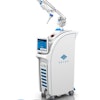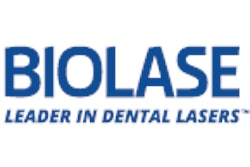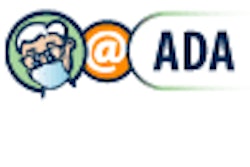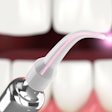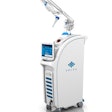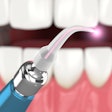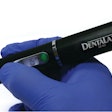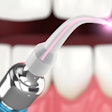Dear Buyer's Guide Update Member,
This edition of the DrBicuspid Buyer's Guide Update examines two of the most cutting-edge technologies in dentistry today: CAD/CAM systems and lasers.
CAD/CAM systems have become a key component of technologically current dental offices. In addition to being able to offer "single appointment" dentistry, dentists using CAD/CAM systems in their practice can maintain total product and artistic control of the restorations to be fabricated and seated. CAD/CAM also allows clinicians to spend the majority of their time on tooth preparation and seating of the final restoration. In addition, the computer and milling processes diminish potential inaccuracies resulting from the hand/laboratory fabrication process.
As with any capital equipment buying decision, there are a number of factors to consider when purchasing CAD/CAM technology, from clinical implications to return on investment. Some questions you should ask before purchasing a CAD/CAM system include:
- How long has the company that supports this technology been in business?
- Are its technicians well-trained and is its software technical support easy to access?
- How long does the warranty last, what does it cover, and how is the system maintained and serviced?
- How far in advance must one schedule training before using the CAD/CAM unit?
For a discussion and comparison of two CAD/CAM systems -- the well-established Cerec and the newer E4D -- click here.
For current information about CAD/CAM products and suppliers, check out this DrBicuspid Buyer's Guide category:
Another cutting-edge technology is dental lasers. Systems are available for use on both soft and hard tissue, and have been available commercially for more than a decade.
While a number of laser types are on the market -- including CO2, Nd:YAG, erbium, and diode -- diode lasers today dominate the dental laser market, in large part because they are cost-effective, compact, and easy to use. Manufacturers like Sirona and Ivoclar Vivadent have jumped into the dental laser market with diode laser systems, while Biolase Technology -- long a leader in hard-tissue lasers -- now offers a handheld diode laser for soft-tissue applications. Hoya ConBio also sells a compact diode laser for soft-tissue work, while Zap Lasers has one diode laser designed specifically for orthodontics, and another one for hygienists.
Despite all this commercial activity, fewer than 5% of general dentists use lasers in their practices, according to Biolase. The main reason is cost. Soft-tissue diode lasers start at around $8,000, but for many procedures they're replacing an electrosurgery unit that costs less than $1,000.
Hard-tissue lasers such as the Er:YAG (erbium-doped yttrium aluminum garnet) are in a different cost bracket entirely. Though they can be used for a broader range of procedures, such as drilling teeth and cutting bone, they can cost $80,000 or more.
Let DrBicuspid help you better understand how this technology can enhance your practice (read more). And be sure to check out the Buyer's Guide to see which model might best fit your needs:
You can also click on any of the links below for more information about individual products and services. If you're a vendor and would like to update your Buyer's Guide listings, just send an e-mail to [email protected] to get started.
